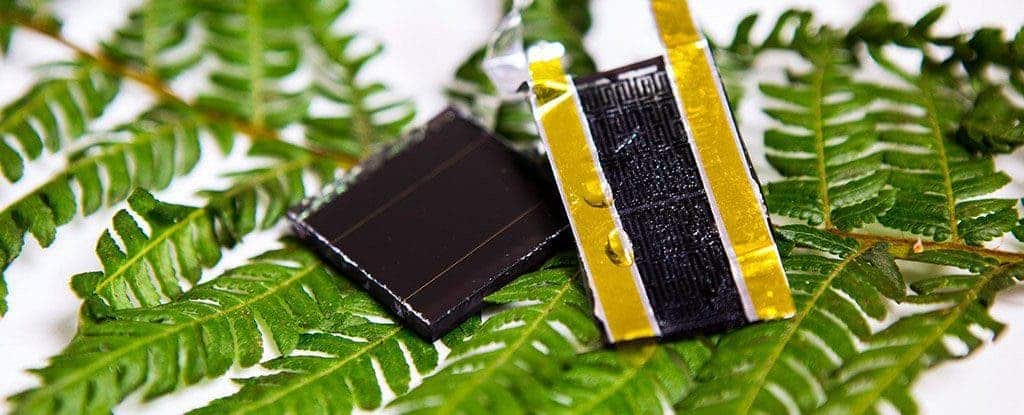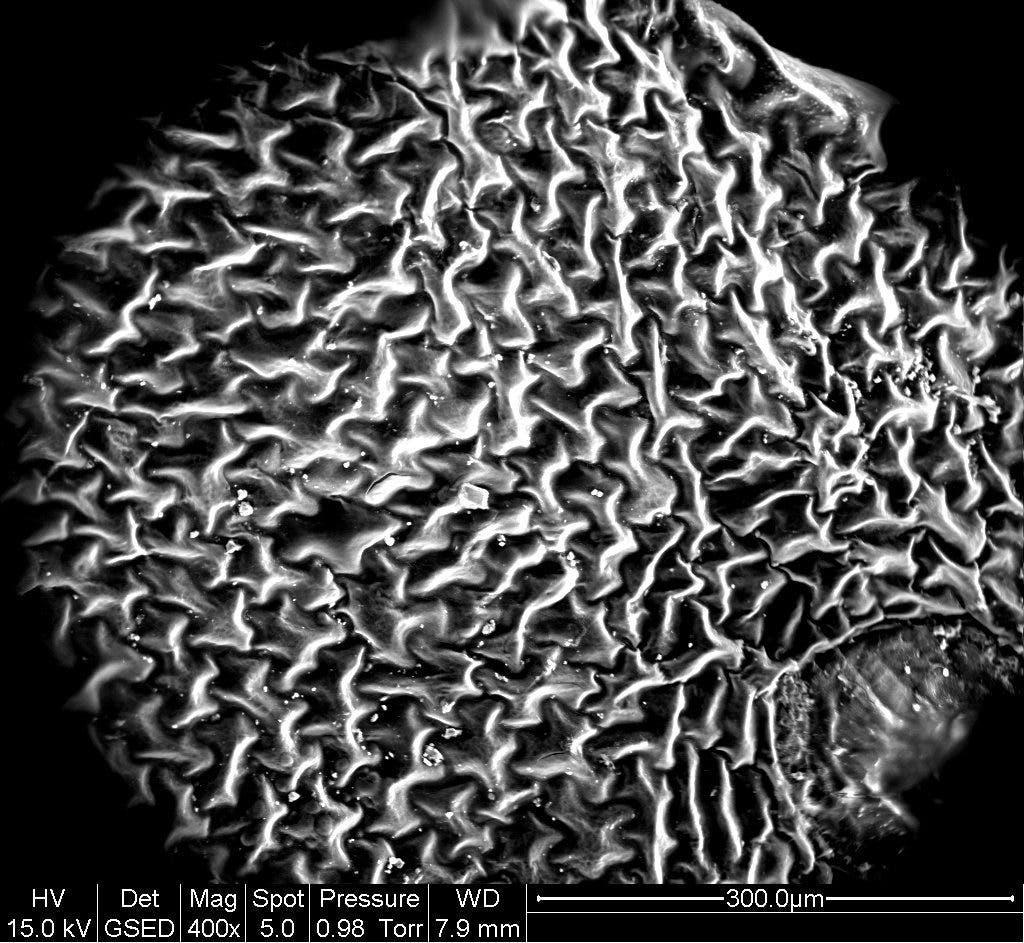Inspired by the fractal structure of the fern leaf, researchers used lasers to etch self-replicating structures on a graphene electrode, designing a novel supercapacitor. The resulting energy storage system has a 30-fold higher energy density than anything previously demonstrated and could dramatically improve solar energy applications, especially the thin solar film variety.

There are a number of options for storing energy beyond the batteries everyone’s familiar with. For instance, a capacitor stores energy by means of a static charge, as opposed to an electrochemical reaction found in a lithium-ion battery. There are three main types of capacitors, among them the supercapacitor, which, as the name implies, has a much higher capacitance up to thousands of times higher than a classic capacitor. These are great for storing frequent charge and discharge cycles at high current and short duration. Sounds familiar? Well, solar energy is very much like that which is why there’s a great interest in the industry for supercapacitors. The reason why you don’t seem them beyond the lab included in solar energy systems is because supercapacitors were limited by energy storage densities in the order of 3 × 10−3 Whcm−3 or lower.
Australian researchers from the RMIT University in Melbourne may have set the stage for mainstream capacitors for solar energy storage. With a little help from nature, they managed to design a new electrode which when integrated with existing supercapacitors can improve the state of the art supercapacitor-based solar energy storage by an astonishing 3,000 percent.
Their inspiration was the western sword fern (Polystichum munitum) whose leaves are densely packed with veins which efficiently store energy and transport water. It’s one of the most abundant ferns in the world, known for its bright green, tapered, 2- to 3-foot-long (61- to 91-centimeter) fronds. What many gardeners might not realize about the sword fern is that at the nanolevel its leaves have a self-replicating structure akin to that of the snowflake or other fractal-like structures commonly found in nature.

The electrode designed by the Australian researchers is based on the fern’s naturally-efficient fractal structure. To mimic the fractals, the researchers fired high precision laser pulses to manipulate sheets of graphene, the wonder material that among its many useful properties is also an excellent electrical conductor.
Tests suggest that when the novel electrode was combined with supercapacitors, the system stored charge for longer, with minimal leakage.
“The most exciting possibility is using this electrode with a solar cell, to provide a total on-chip energy harvesting and storage solution,” said PhD researcher Litty Thekkekara and lead author of the new study published in Scientific Reports.
Specifically, the greatest boost might lie in exploiting this new electrode in conjunction with thin film solar cells which are flexible enough to be used almost anywhere to capture energy from the sun, be it on windows, smartphones or watches. We might not need to charge phones via batteries using such a technology.
“With this flexible electrode prototype we’ve solved the storage part of the challenge, as well as shown how they can work with solar cells without affecting performance. Now the focus needs to be on flexible solar energy, so we can work towards achieving our vision of fully solar-reliant, self-powering electronics,” the researchers wrote.
Was this helpful?



